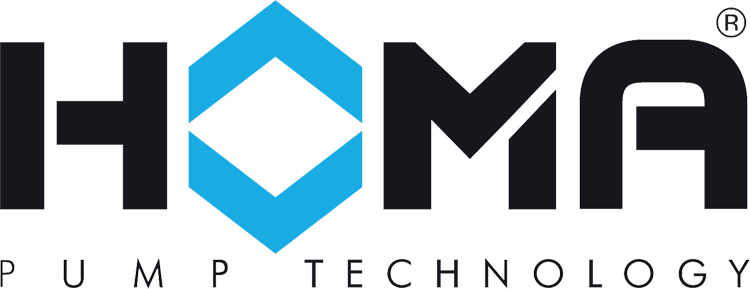Foaming, Rags, and Fats: How to Overcome the Biggest Challenges in Pumping
Wastewater systems are built to move and treat unpleasant materials. But even the most robust systems can be brought to a halt by three persistent challenges: foaming, rags, and fats. Each presents unique complications for pump reliability and maintenance, and together they represent a trifecta of trouble in modern wastewater operations.
At HOMA Pump Technology, we understand these issues not just in theory, but in the field. Our pumps are designed to tackle real-world conditions head-on. In this post, we break down the causes of foaming, ragging, and FOG (fats, oils, and grease) accumulation—and offer proven strategies for overcoming them.
Ragging: When Wipes and Debris Bring Pumps Down
Flushable wipes. Mop heads. Clothing. Dental floss. These and countless other materials enter wastewater systems every day, binding together into rope-like masses that clog pumps. This issue—known as ragging—is a leading cause of pump downtime.
Non-clog pumps can only handle so much. When rags accumulate on impellers, they restrict flow, cause imbalances, and eventually trip the motor. The result? Emergency callouts, hazardous confined-space entries, and mounting maintenance costs.
Solutions:
- Install chopper pumps that cut up rags at the inlet before they can accumulate.
- Use impellers with anti-ragging features like back vanes or relief grooves.
- Consider smart monitoring systems to detect rising current draw or vibration—signs of impeller fouling.
- In problematic lift stations, HOMA’s OC Series chopper pumps provide aggressive solids reduction to keep operations running.
FOG Buildup
Fats, oils, and grease (FOG) are notorious for coating wet well surfaces, clogging sensors, and reducing hydraulic capacity. Over time, FOG hardens into thick layers that insulate pump housings and disrupt cooling, potentially leading to overheating.
Unlike rags, grease doesn’t cause sudden failures. Instead, it slowly strangles performance until efficiency drops and routine maintenance becomes reactive repair.
Solutions:
- Equip pumps with flush valve systems that stir the wet well at startup, resuspending settled solids and breaking up grease layers.
- Use vortex impellers, which stay cleaner due to their recessed design.
- Maintain a regular cleaning schedule to manually remove grease buildup before it becomes problematic.
- Promote source control through upstream grease trap enforcement and public education.
Foam Formation
Foam is less tangible than rags or grease, but no less disruptive. Often caused by detergents, organic load imbalances, or turbulent inflows, foam can interfere with level sensors, trigger false pump starts, and even overflow from vents.
In extreme cases, foaming causes pumps to lose prime or draw in air, reducing flow and risking cavitation damage.
Solutions:
- Install baffles or drop tubes to reduce turbulence at the wet well inlet.
- Use spray systems to break up foam mechanically.
- Adjust pump control logic to minimize rapid cycling and air entrainment.
- Monitor foam-prone sites with remote sensors and adjust maintenance schedules accordingly.
A Combined Approach: Defending Against All Three
In many facilities, foaming, ragging, and FOG buildup don’t occur in isolation. They interact, amplify each other, and complicate diagnostics. Rags can get caught in grease. Foam can mask high levels or obscure sensor readings. And as each problem escalates, so does the operational risk.
That’s why the most successful solutions are integrated:
- Pairing chopper pumps with flush valves handles both rags and grease.
- Using smart monitoring helps identify rising trends before they cause failure.
- Choosing the right impeller design reduces vulnerability across multiple variables.
At HOMA, we don’t just offer products—we offer systems thinking. From initial design to field troubleshooting, we support operators with tailored solutions that address the full spectrum of wastewater pumping challenges.
Pump with Confidence
Foaming, rags, and fats may be common, but they don’t have to be inevitable. With the right pump technology, proactive design, and intelligent monitoring, you can drastically reduce their impact on your operations.
Facing persistent clogging, grease buildup, or nuisance alarms? Talk to HOMA Pump Technology. Our team is ready to help you implement solutions that minimize downtime, protect your equipment, and keep your systems flowing—no matter what comes down the pipe.
